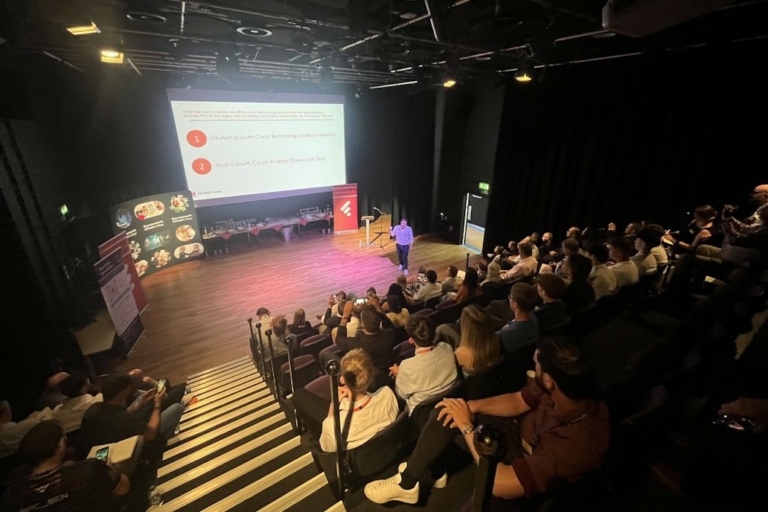Navigating rising insolvency in construction: key causes and risks

By Paul Williamson, managing director of Selling My Business, (part of Begbies Traynor Group), business transfer agents and valuation specialists with an outstanding record of business sales across the UK.
The latest Begbies Traynor Red Flag Alert research for Q1 2024, which provides a snapshot of British corporate health highlights the speed at which financial distress has accelerated over the last 12 months. The business health statistics show that 83,559 UK construction businesses are in significant financial distress and 6,141 UK construction businesses are in critical financial distress.
Red Flag Alert classifies these businesses as at immediate risk of insolvency due to poor performance, dwindling reserves, and difficulty paying debt repayments.
Paul Williamson of Selling My Business, explores why the construction industry holds some of the highest financial distress rates across a range of sectors, such as support services, real estate, property, and general retail.
The root causes behind construction insolvency
While it’s natural for any industry to have a steady turnover of insolvent businesses each year, the construction industry tops the list of distressed industries. A combination of legacy and current issues continues to threaten business viability, alongside political and economic uncertainty surrounding the UK 2024 election which will see an overhaul of public policy, and housing commitments.
Covid-19 recovery – While the coronavirus pandemic steered the construction sector to a halt in 2019, some businesses have failed to regain their footing, five years on. The rise in labour costs, shortage of materials, gap in income, lost demand and Bounce Back Loan repayments meant that some businesses were driven off course, eventually leading to insolvency.
Political uncertainty – While a change in leadership and policy can revive ailing sectors, an election can bring uncertainty, consequently, leading to a standstill in demand while businesses await fiscal policy reforms.
Each political party has pledged to address the housing crisis by delivering new homes in the region of over one million throughout the next parliamentary term, with some committing to affordable housing, social housing, and green housing. This creates an abundance of opportunities for the construction sector, however, with interest rates at the highest level in over 15 years, funding limitations could bring grounds for concern.
Squeezed funding – High interest rates mean limited funding for construction businesses, which could hinder commitments to proposed projects, investments, recruitment and access to equipment and materials.
Payment terms – Late payments and unfair payment practices are an epidemic in the construction industry, for which many large companies are notorious.
This previously triggered government intervention which led to the development of the Prompt Payment Code (PPC) as introduced by the Small Business Commissioner. Businesses across all sectors and regions across the UK are encouraged to sign up to the PPC and commit to making prompt payments. The PPC has transformed the culture around payments in the UK construction sector, in addition to the Government’s Duty to Report Regulations.
Jo Fautley, Deputy Chief Executive of Build UK, commented on data recently published under these regulations to track payment performance of the construction sector.
“In 2018, their tier one Contractor members took an average of 45 days to pay invoices, with only 63% of invoices paid within agreed terms.
“Since then, they have reduced the average time taken to pay invoices to 30 days, which is the expected standard for business. In addition, 80% of invoices are now paid on time and the percentage of invoices paid within 60 days has increased from 82% to 94%.”
While this is a mammoth achievement, there is much headway to make. Late payments can trigger serious cash flow problems and lead to company insolvency if professional intervention is not sought out early. Construction businesses showing signs of serious financial distress must seek help to prevent losses to creditors and to secure the viability of the company.


















